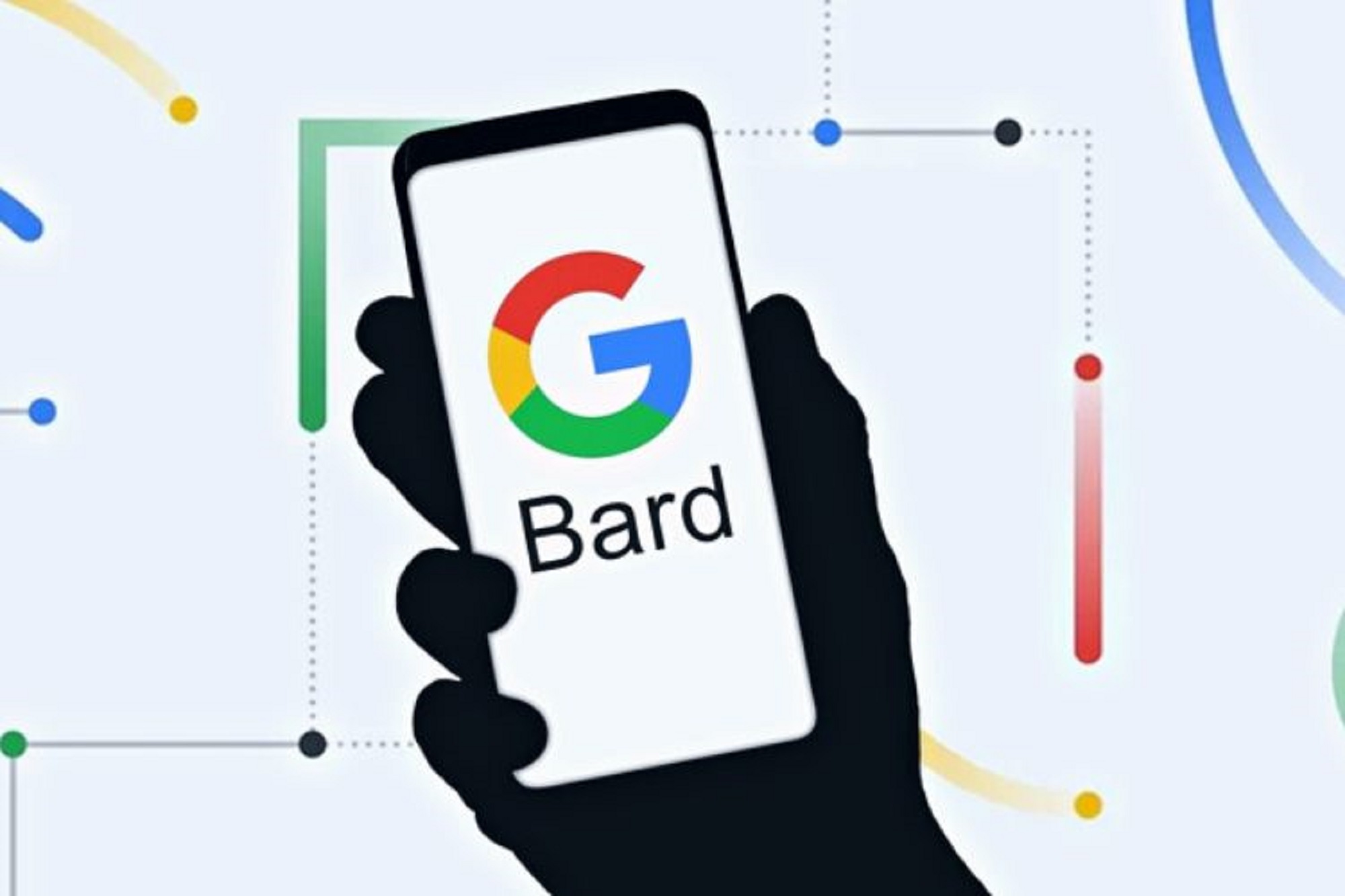
Google BARD (Bidirectional Attention Representations for Document Ranking) is an AI-powered ranking model used by Google to rank web pages in its search results.
Google BARD (Bidirectional Encoder Representations from Transformers) is an open-source deep learning framework for natural language processing tasks, such as sentiment analysis, text classification, and language translation.
Understanding BARD’s function
Google BARD is designed to understand the relevance and importance of a web page in relation to a user’s search query. It uses bidirectional attention mechanisms to analyze the content of a web page and the user’s query, and then ranks the web pages based on their relevance and importance.
How BARD is used in search results
When a user enters a search query into Google, BARD is used to analyze the web pages related to that query and rank them based on their relevance and importance. The highest-ranked web pages are then displayed at the top of the search results page.
Factors that BARD takes into account
BARD takes into account various factors when ranking web pages, including the content of the web page, the relevance of the page to the user’s query, and the page’s overall authority and credibility.
Improving your website’s ranking with BARD
If you want to improve your website’s ranking with BARD, you should focus on creating high-quality, relevant content that is optimized for search engines. This includes using keywords related to your topic, optimizing your website’s structure and navigation, and building backlinks from authoritative websites.
Monitoring your website’s ranking
To monitor your website’s ranking with BARD, you can use tools like Google Search Console to track your website’s performance in search results. This will give you insights into how your website is performing and what changes you can make to improve its ranking.
The limitations of BARD
BARD is not perfect and there are limitations to how well it can rank web pages. For example, it can be difficult for BARD to understand the context of a web page or distinguish between relevant and irrelevant information. It is important to keep these limitations in mind when using BARD and to continually monitor and optimize your website’s ranking.
Here is everything you need to know about using Google BARD:
- Installation: Before you can start using Google BARD, you need to install the required software and dependencies. You can find the installation instructions and the required libraries on the Google BARD GitHub page.
- Data Preparation: Once you have installed Google BARD, you need to prepare your data for use. This typically involves preprocessing your data, such as removing punctuation and converting the text to lowercase, and then splitting the data into training, validation, and test sets.
- Model Training: The next step is to train your BARD model on the preprocessed data. You can specify the number of training epochs, the batch size, and the optimizer to use, among other things.
- Model Evaluation: After the model has been trained, you can evaluate its performance on the validation and test sets. You can use metrics such as accuracy, precision, and recall to measure its performance.
- Model Deployment: Once you are satisfied with the performance of your BARD model, you can deploy it for use in your applications. You can use the trained model to make predictions on new data, such as sentiment analysis for a given piece of text.
- Hyperparameter tuning: You can fine-tune your model by adjusting the hyperparameters, such as the number of hidden layers, the size of the word embeddings, and the learning rate. You can use techniques such as grid search or random search to find the best hyperparameters for your data and problem.
- Pre-trained models: Google BARD also provides pre-trained models that you can use for your NLP tasks, saving you the time and effort required to train a model from scratch. You can fine-tune these pre-trained models on your own data to achieve better performance.
By following these steps, you should be able to use Google BARD effectively for your NLP tasks.
Follow Us on:







0 Comments